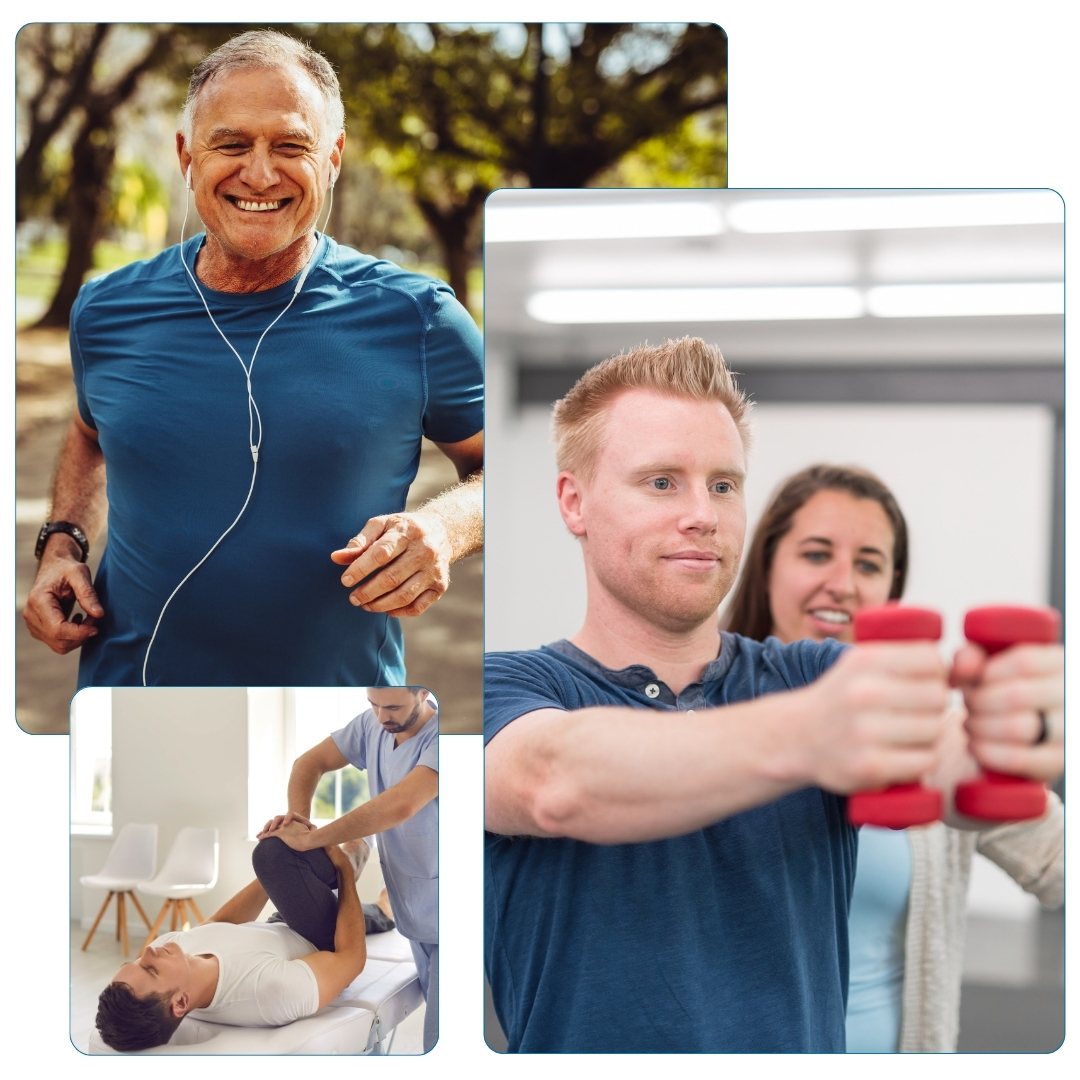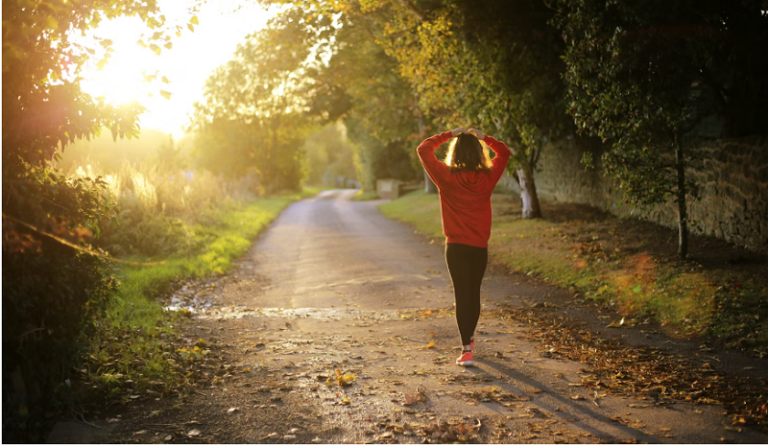
How to Enhance Balance and Coordination
Improving balance and coordination is crucial for overall physical health, enhancing athletic performance, and reducing the risk of falls and injuries.
Whether you’re an athlete or just looking to improve your daily function, here are practical steps to help you boost your balance and coordination.
1. Start with a Solid Foundation
- Foot Strengthening: Strong feet provide a solid base for balance. Perform exercises like toe curls, arch lifts, and heel raises to strengthen your feet.
- Proper Footwear: Wear shoes that offer good support and cushioning, especially during exercise, to maintain stability and reduce the risk of injury.
2. Incorporate Balance Exercises
- Single-Leg Stands: Practice standing on one leg for 30 seconds to a minute. Gradually increase the time as your balance improves. Switch legs and repeat.
- Balance Boards and Discs: Use balance boards or stability discs to challenge your balance. Start with basic standing exercises and progress to more dynamic movements.
3. Enhance Core Strength
- Planks: Perform plank exercises to strengthen your core muscles. Variations like side planks and forearm planks add variety and challenge.
- Bicycle Crunches: Incorporate bicycle crunches into your routine to target your abdominal muscles and improve coordination.
4. Practice Coordination Drills
- Agility Ladder Drills: Use an agility ladder to practice footwork patterns. This improves coordination, speed, and balance.
- Ball Exercises: Play catch with a partner or use a wall to bounce a ball. This enhances hand-eye coordination and reaction time.
5. Incorporate Dynamic Movements
- Walking Lunges: Perform walking lunges to improve lower body strength and balance. Focus on maintaining proper form and control.
- Tai Chi: Practice Tai Chi to improve balance, coordination, and overall body awareness. Its slow, controlled movements are excellent for enhancing stability.
6. Include Flexibility Training
- Yoga: Practice yoga to improve flexibility, balance, and coordination. Poses like Tree Pose, Warrior III, and Half Moon are particularly beneficial.
- Dynamic Stretching: Incorporate dynamic stretches like leg swings, arm circles, and torso twists into your warm-up routine to prepare your body for movement.
7. Challenge Your Proprioception
- Close Your Eyes: Perform balance exercises with your eyes closed to challenge your proprioception (sense of body position). Start with simple exercises like single-leg stands.
- Uneven Surfaces: Practice balance exercises on uneven surfaces, such as a foam pad or Bosu ball, to enhance your body’s ability to adapt to different conditions.
8. Make It a Daily Practice
- Integrate Into Daily Activities: Incorporate balance exercises into your daily routine. For example, stand on one leg while brushing your teeth or waiting for the kettle to boil.
- Consistency: Practice balance and coordination exercises regularly, at least three to four times a week, to see continuous improvement.
Integrating Balance and Coordination Training into Your Lifestyle
Create a Balanced Routine
- Combine Strength and Flexibility: Develop a workout routine that includes a mix of strength, flexibility, and balance exercises.
- Progress Gradually: Start with basic exercises and gradually increase the difficulty as your balance and coordination improve.
Stay Motivated
- Set Goals: Set specific, achievable goals to stay motivated. Track your progress and celebrate your achievements.
- Find Enjoyable Activities: Engage in activities you enjoy, such as dance, martial arts, or team sports, which naturally incorporate balance and coordination training.
Build a Support System
- Workout Buddy: Find a workout buddy to practice balance exercises together. This adds an element of fun and accountability.
- Join Classes: Consider joining a yoga, Tai Chi, or dance class to stay motivated and learn from experienced instructors.
Maintain a Healthy Lifestyle
- Proper Nutrition: Eat a balanced diet rich in nutrients to support muscle function and overall health.
- Adequate Sleep: Ensure you get enough rest and sleep to allow your body to recover and function optimally.
Enhancing balance and coordination is a continuous process that requires dedication and practice.
By following these practical steps and integrating them into your daily routine, you can improve your stability, reduce the risk of injuries, and boost your overall physical health. Remember to stay consistent, challenge yourself, and enjoy the journey to better balance and coordination.




